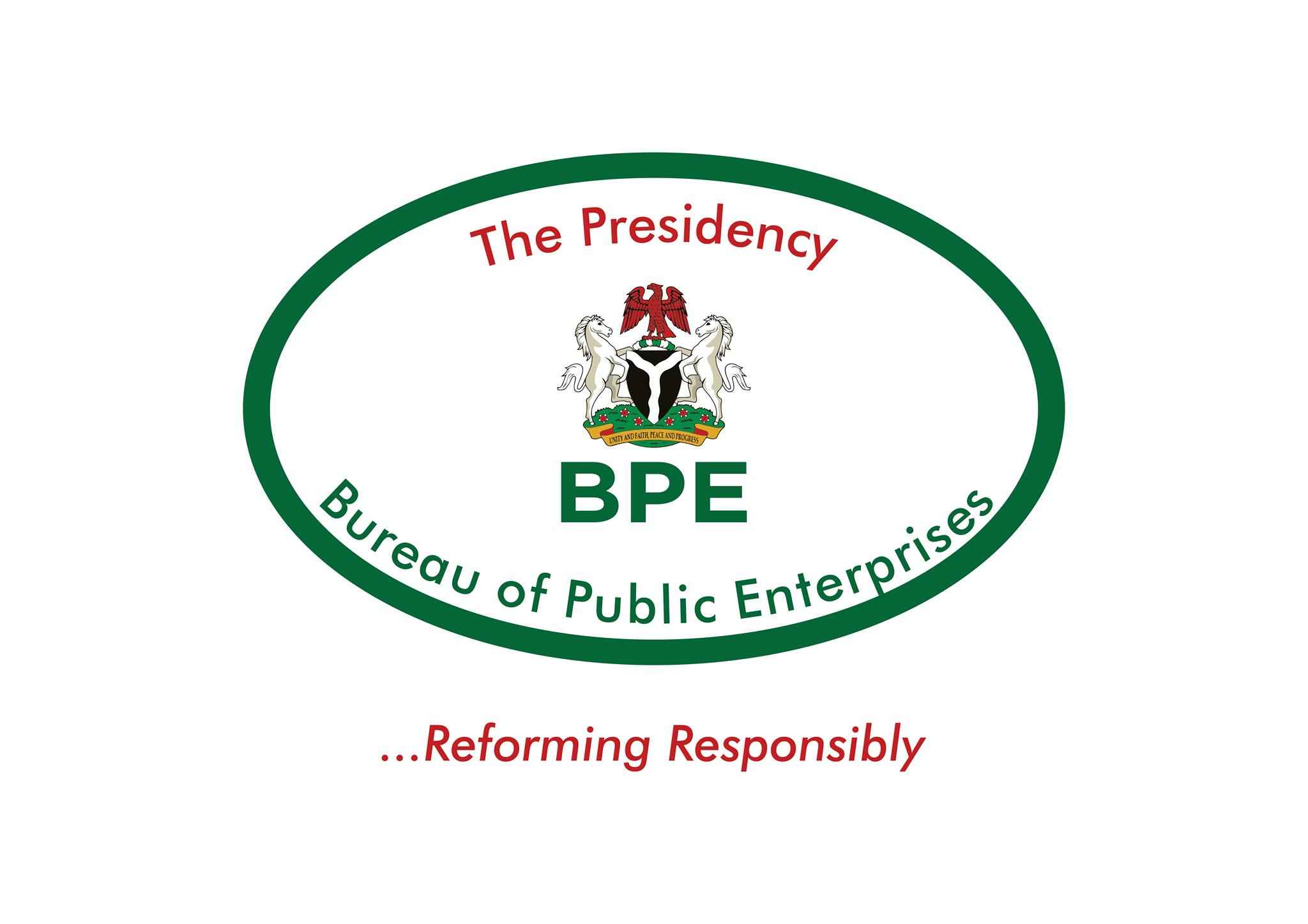BACKGROUND
Iwopin Pulp and Paper Company (IPPC) Limited was established in 1975 as the Nigerian National Newspaper Manufacturing Company Limited under the Companies Act of 1968 and was incorporated under its present name on December 17, 1992 as private limited liability company with the corporate mission to be the best and leading manufacturer of quality bond paper and pulp in Nigeria and the West African sub-region. It commenced commercial production of paper in February 1995. The company is located in Iwopin, Ogun Waterside Local Government area of Ogun State. Iwopin is two hours’ drive from Lagos.
DESCRIPTION OF THE PRODUCTS
The Products offered by the company include:
- Bleached short-fibre wood pulp from Gmelina Arborea;
- Fine paper for printing, writing, duplicating, book paper, envelopes and bank paper; and
- Air-dry bleached pulp for export to West African and other world markets.
The scope for marketing the paper product(s) of the enterprise is wide. This is because there is a very high demand for the product in Nigerian / other West African countries as well as South Africa.
OWNERSHIP STRUCTURE
The ownership structure is 100% Federal Government Equity.
PLANNED MODE OF PRIVATISATION
The planned mode of privatisation is 100% Core Investor Sales.
SECTOR DATA
THE MARKET ENVIRONMENT
The growth potential of the sector is very high with adequate funding/supply of modern equipment in the sector, efficiency will increase to grow the enterprise in order to achieve its original mission.
CAPITAL INVESTMENT REQUIREMENTS
The average capital expenditure requirements for establishing a paper mill such as IPPC or even larger than IPPC is within the range of $150 million and $165 million. The revitalisation of IPPC to attain international operating standards may require between $40 and $50 million. The profitability ratio in the sector should be comparatively high considering the cheap factors of production in its operating environment.
ENTERPRISE DATA
THE BUSINESS OPPORTUNITY
By the Installed capacity in 1975, the enterprise was billed to produce as follows:
Installed capacity 38,000 metric tonnes per annum of
Bleached short fibre pulp and 65,000 metric
tonnes of cultural grades of fine writing and printing papers including Wove for publishing, envelop and Bank paper.
Production capacity above 96% of installed capacity. (At this
production level, the product was still scarce.)
The production of Limekiln and re-causticizers are the by-products of the company’s products.
The enterprise’s major customers were among others:
- Newspapers Proprietors Association of Nigeria (NPAN)
- Publishing Companies and Book publishers such as Oxford University Press, McMillan, Longmans
- Paper converters such as Thomas Wyatt, Onward Paper Mill, Tripple Gee, etc
- Printers such as Academy Press
- Schools etc.
THE PERFORMANCE OF THE ENTERPRISE
The financial performance of the enterprise in the last 5 years in terms of Sales and Profit, Assets and liabilities, technical, commercial, human capital resources etc. was profitable up to the period operation stopped. However, the price of fine paper maintained a fairly cyclical trend while the average price usually increased year on year. For instance, IPPC sales price in 1996 was US$937 / MT. While average US market price in 1999 was US$790 / MT. Based on the available statistics, the company was selling its paper at a price that was higher than the World market price.
3-YEAR FINANCIAL SUMMARY: 1999-2001
| 1999 | 2000 | 2001 | |
| Turn Over (N) | 16, 484 | 43, 453 | 39, 915 |
| Profit (Loss) | (343, 089) | (279, 907) | (244, 658) |
This trend of performance in the past was consequent on its poor funding and poor management, which led to the frequent closure of its operations.
PROSPECTS
The overall business outlook of the sector is expected to be very profitable, given its strategic position in the West African sub-region. Even, some South African countries also depend on paper and paper-related products from Nigeria. This is because the constraints like price variability, weak input/output control of the enterprise through importation, customer resistance due to poor quality products and obsolete technology with which the enterprise has been contending, would have been removed through its privatisation. As an example, long and short fibres are now sourced locally.

